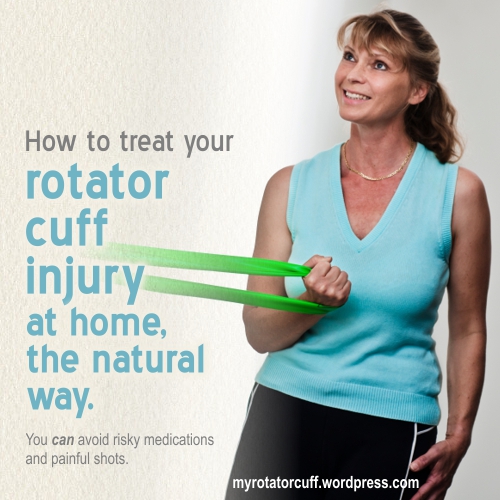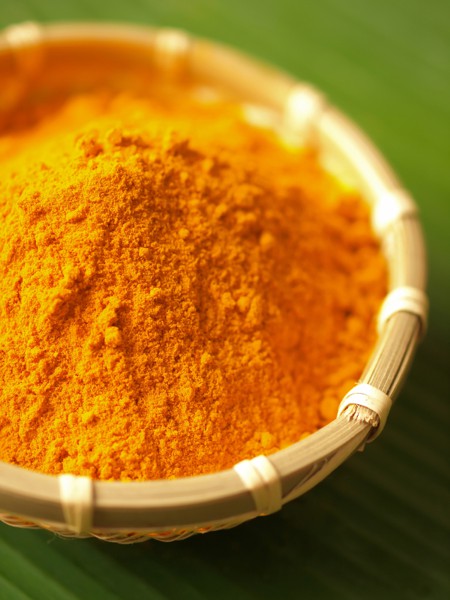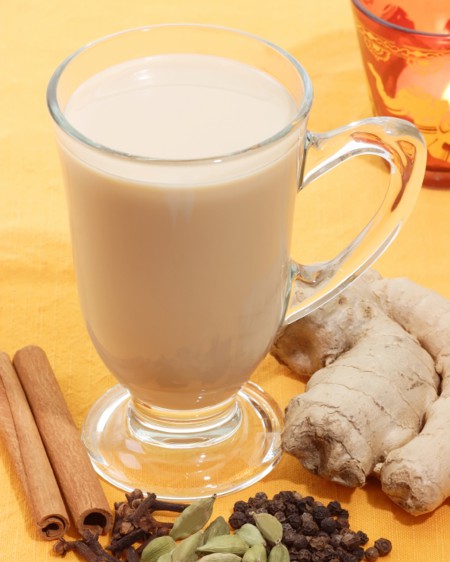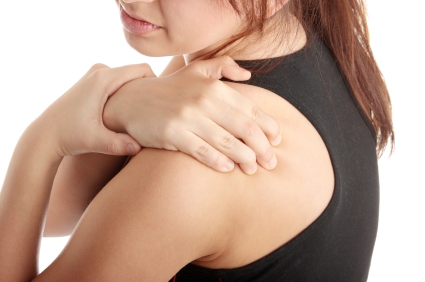How I recovered from a rotator cuff tear with home exercises and no medication.
My mission: To recover from a 50% partial rotator cuff tear within 6 months by doing rotator cuff exercises at home, and without surgery or medication.
You can either check out the excellent 7-step rotator cuff treatment program I used. or read my story and see how I achieved my goal…
But first, have a look at one of my before and after pics:
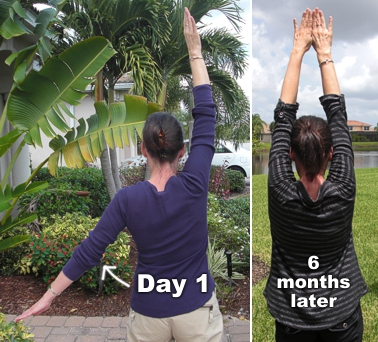
LEFT: Here I’m raising my left arm as high as I could after my rotator cuff injury. This was the day I started the 7-step rotator cuff treatment system. RIGHT: This is after six months on the exercise program.
After I tore my rotator cuff I had very limited range of motion in my left arm, as this demonstrates:
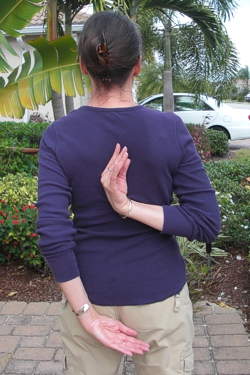
Here I’m trying to reach between my shoulder blades with my left arm – I can’t even reach the bottom of my t-shirt!
My story: When an orthopedic surgeon prescribed anti-inflammatory meds, cortizone shots under x-ray, and a physical therapist as treatment for my 50% partial rotator cuff tear, I did some thorough research—and decided to consider other options instead.
In addition to avoiding these harmful medications, I also wanted to avoid the expenses that come with these drugs, and the cost of doing rotator cuff exercises with a therapist.
The cortisone shot my doctor recommended would have been done under x-ray guidance (at a cost of $450), and the anti-inflammatories would have been the heavy duty stuff, followed later by Celebrex—a drug that gave a good friend of mine serious stomach problems.
I already knew that shoulder exercises are standard treatment for a torn rotator cuff. If you want to regain your range of motion after a rotator cuff injury, months of physical work is inevitable. But I don’t believe in killing the pain with a cortisone shot and then forcing your arm into places it’s not ready to go.
So I spent hours researching a kinder, more natural rotator cuff treatment.
I chose Brad Walker’s 7-Step Rotator Cuff Treatment System, an easy and affordable rotator cuff exercise and stretching program that comes with the option of personalized phone and email support if you want it. But before buying it I wanted to know if it could be used by people who were not on anti-inflammatory medication, so I emailed Brad Walker for more info.
Brad responded promptly with:
Yes, I would recommend that you work through the steps in the 7 Step Rotator Cuff Treatment System instead of resorting to medication. I’ve had a number of clients with greater than 50% partial tear, who have fully recovered by using the 7 Step System, so there is no reason why you can’t achieve the same result.
The other thing to realize is that if you currently have a 50% tear, it’s way too early to start physical therapy. If you have medication and go to physical therapy now, the medication will mask the pain you would normally feel and the physical therapy will do more harm than good.
There are 4 steps in the 7-Step System that you need to complete before even thinking about physical therapy…
Brad’s philosophy on treating a torn rotator cuff matched mine exactly, so I purchased his ebook here – you’ll need to scroll down the page to see it – and got going immediately. I liked the fact that Brad’s system also focuses on making your shoulder strong and stable to reduce the risk of future injury and shoulder pain.
If you want to know more about who I am or the backround of my shoulder injury, read about me here. If not, read on…
Who is the 7-Step Rotator Cuff Treatment System designed for?
I recommend this exercise system if:
- You have a confirmed diagnosis of a partial rotator cuff tear (not a complete tear which may require surgery first, followed by rotator cuff exercises).
- You have to do rotator cuff exercises after surgery.
- You are experiencing shoulder pain and limited arm movement due to age (wear & tear) or to old injuries, and would like to improve the health and strength of your shoulders.
- You’re simply looking for shoulder strengthening exercises to improve and maintain your rotator cuff stability.
Click here to see how I progressed as I worked though my rotator cuff treatment >
or, click here to go straight to the torn rotator cuff treatment program I used >
I cannot divulge specific details of the individual rotator cuff exercises as I would be violating the terms of the Program Author’s copyright, but I followed all his instructions precisely and, based on my progress, you can decide whether it’s worth your while investing in the 7-step rotator cuff treatment system yourself.
Have a Happy Rotator Cuff Recovery. I did! If you choose to use the 7 step rotator cuff treatment system, please keep me posted on your progress 🙂
~Caro
Legal and Health Disclaimer: The information on this website is for information purposes only. It reflects my personal experience using The 7-step Rotator Cuff Treatment System for guidance through rotator cuff exercises. It is not intended to replace the medical advice from a licensed physician or medical practitioner. Before considering ANY procedure, exercise or general advice please consult with a doctor.
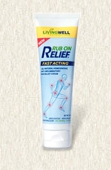 When I started the exercise program that resulted in my complete recovery from a rotator cuff tear I tried
When I started the exercise program that resulted in my complete recovery from a rotator cuff tear I tried 